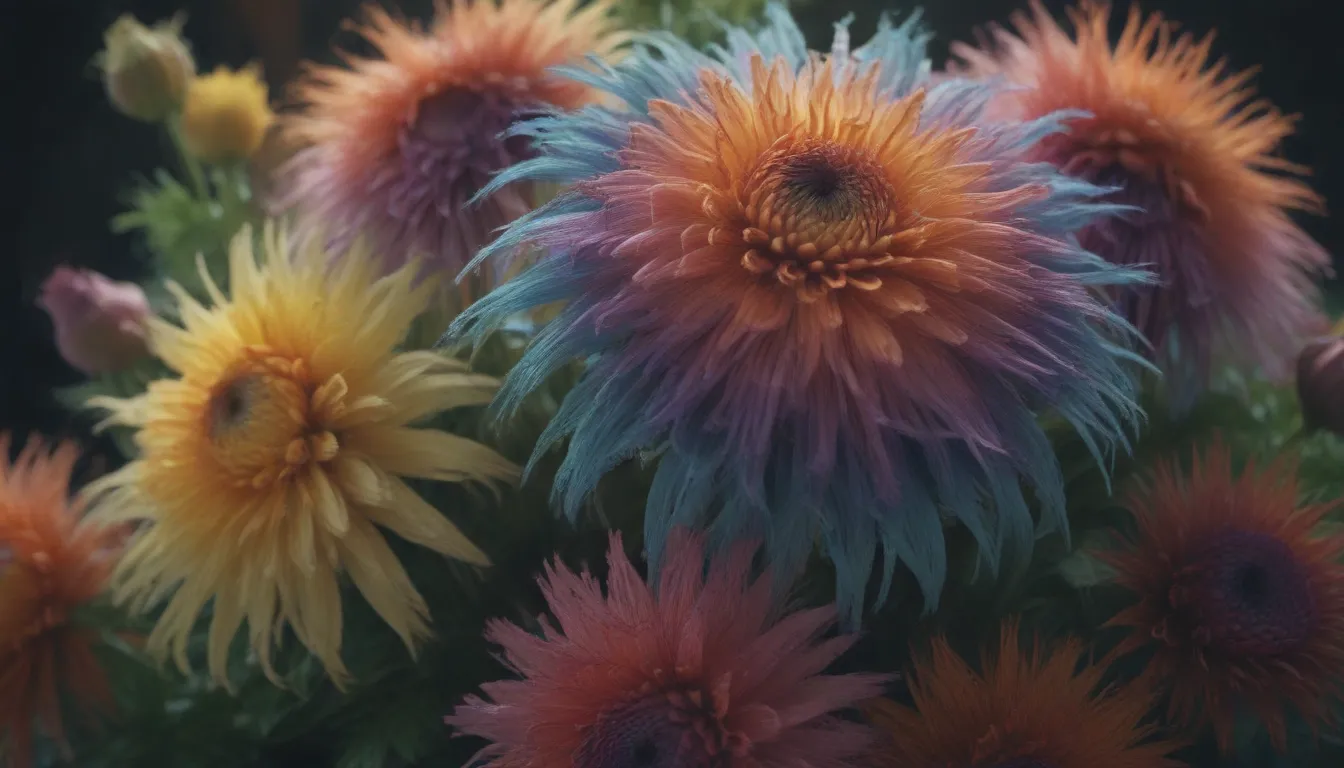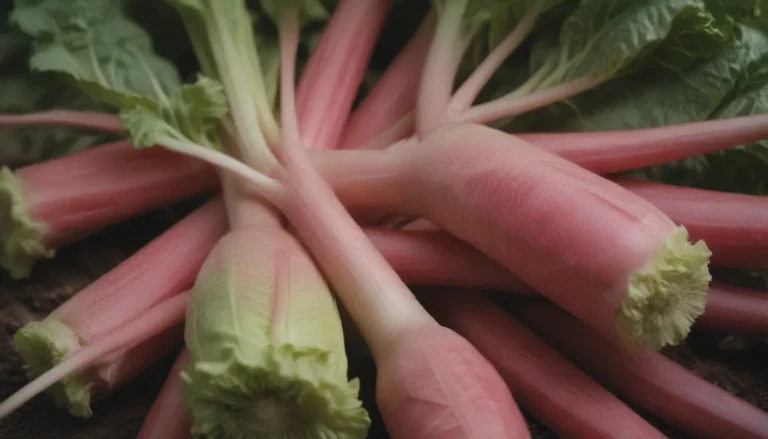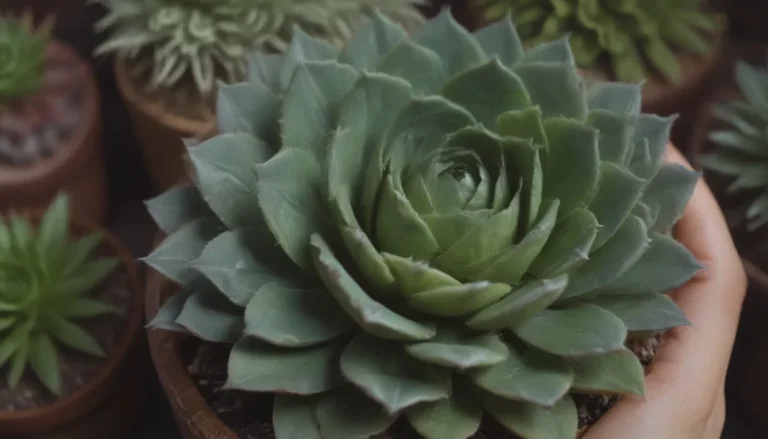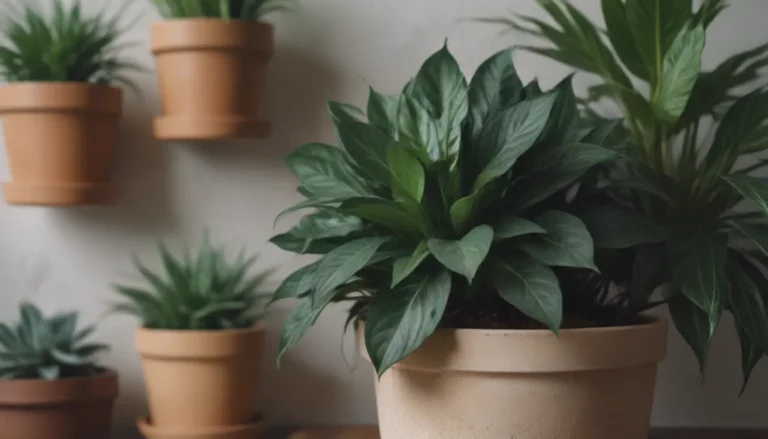Comprehensive Guide to Growing and Caring for Fringe Flowers

If you’re looking to add a pop of color and fragrance to your garden, then fringe flowers are an excellent choice. Also known as Chinese fringe flowers or Loropetalum, these shrubs and small trees are not only visually appealing with delicate, fragrant blooms, but they also boast foliage that changes colors throughout the year, ranging from vibrant reds to deep greens.
In this comprehensive guide, we’ll explore everything you need to know about growing and caring for fringe flower plants. From light and soil requirements to pruning and propagation, we’ve got you covered with valuable tips to help you cultivate healthy and thriving fringe flowers in your garden.
Fringe Flower Care: Essential Tips
Fringe flowers are considered low-maintenance, hardy shrubs, making them a great choice for novice gardeners or anyone looking for a beautiful yet easy-to-care-for plant. Here are some key care requirements for your fringe flower plants:
Light
- Grow fringe flowers in a bright, sunny location that receives partial shade during the hotter parts of the day.
- Aim for morning sun and protection from intense midday rays to ensure optimal growth.
Soil
- Fringe flowers thrive in well-draining, loamy, acidic soil rich in organic matter.
- Maintain a pH level between 4.5 to 6.5 for best results.
- Mulch around the root ball with compost, straw, or aged wood chips to retain moisture and suppress weeds.
Water
- Keep young plants deeply watered during hot weather, giving them about 2 inches of water once or twice a week.
- Established fringe flowers are relatively drought-tolerant but perform best when the soil is consistently moist.
Temperature and Humidity
- Fringe flowers thrive in USDA zones 7 to 10, tolerating winter temperatures as low as 0 degrees Fahrenheit.
- Plant them in areas protected from cold winter winds for optimal growth.
Fertilizer
- Mix compost into the soil at planting to act as a slow-release fertilizer and improve drainage.
- Once established, fringe flowers require little to no supplemental fertilizer.
- Annual fertilizing in early spring with a slow-release, all-purpose fertilizer can benefit established plants.
Types of Fringe Flowers
While the typical fringe flower features green foliage and white or off-white flowers, there are several colorful varieties available in the market. Some popular options include:
- L. chinense ‘Pizazz’
- L. chinense ‘Burgundy’
- L. chinense ‘Ruby’
- L. chinense ‘Ever Red’
- L. chinense ‘Razzleberri’
- L. chinense ‘Shang-Red’
These vibrant varieties with colorful blooms can add a touch of flair to your garden landscape.
Pruning and Propagation
Fringe flowers are extremely tolerant of heavy pruning if needed for hedges, foundation plantings, or topiaries. However, they naturally grow into a graceful shape that many find appealing and may not require frequent pruning.
When it comes to propagation, fringe flowers can be easily propagated via softwood cuttings. Here’s a simple step-by-step guide:
- Take softwood cuttings from fresh, new growth.
- Plant the cuttings in well-draining soil and keep them moist until roots develop.
Overwintering Tips
In regions with frosty winters, fringe flowers may not remain evergreen. To increase their chances of survival, apply garden mulch to protect the root system and plant them in a warmer microclimate, such as a sheltered nook near a building.
Common Pests and Plant Diseases
While fringe flowers are generally resilient to pests and diseases, they may encounter issues like spider mites, aphids, or root rot. Diseases such as anthracnose and powdery mildew can also pose a threat. Proper care and maintenance can help prevent these common problems.
Encouraging Bloom and Blooming Periods
Fringe flowers bloom in the spring, typically from March to April, sometimes even into late winter depending on your location. Here are some tips to encourage healthy blooming:
- Ensure your fringe flower gets plenty of sunlight and water for optimal blooms.
- Maintain a steady level of moisture to support healthy flowering.
- After blooming, care for the plant as usual and consider pruning if necessary.
Common Problems and Solutions
While fringe flowers are generally fuss-free plants, you may encounter a few common issues that indicate stress in the plant:
Yellowing Leaves
- Yellowing leaves may be a sign of soil alkalinity or mite infestations.
- Adjust soil pH and address pest problems to restore the plant’s health.
Leaves Won’t Turn Purple
- If your fringe flower has purple foliage that won’t develop, check lighting, soil conditions, and consider fertilizing to encourage color change.
Incorporating companion plants with contrasting foliage colors can create a visually stunning garden landscape. Consider planting companion plants with grassy lime green, deep jade green, or golden foliage to complement your fringe flowers.
In conclusion, fringe flowers are versatile and resilient plants that can add beauty and fragrance to any garden. With proper care and maintenance, you can enjoy vibrant blooms and colorful foliage year-round. Remember to follow these tips and guidelines to ensure your fringe flowers thrive and flourish in your garden. Happy gardening!





